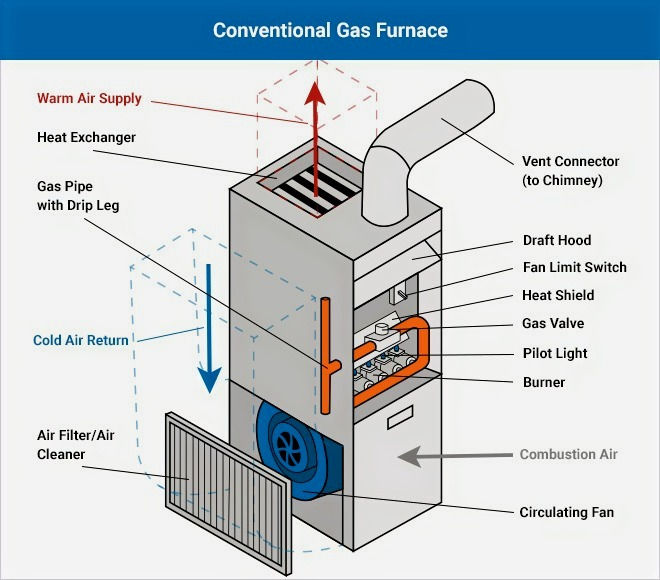What does "High Efficiency" mean for my furnace? And what is a "stage?!
- johnniedebruinbuilder
- Nov 5, 2020
- 3 min read
Updated: Jan 21, 2021
What are you getting into?!
I am sure that you have heard the term "high efficiency" before, and probably know exactly what it means. But do you know how it works when it comes to your furnace? If you read on, I will explain what high efficiency means for your furnace, and what the term "stage" is, and what they both mean to you and your home.
Why am I writing this?
As a builder, I am asked quite often about how to make a home as efficient as possible. One of the biggest contributors to efficiency in a home, in the climate I build in, is the furnace. It gets used in some house's here, up to nine months out of the year. Granted there are a lot of things that we can do to help the home stay efficient, lets focus on the furnace for this post.
Efficiency Ratings.
The first thing that we see when we look at furnace efficiency is the %. Furnaces are listed with numbers like 80% or 90% efficiency, and we can assume the bigger the percentage the better it is. The percentage is referring to the furnace's AFUE rating or it's Annual Fuel Utilization Efficiency. So, When a furnace is rated 80% AFUE, it is telling you that the furnace turns 80% of the fuel it consumes in to heat for your home, and that 20% of the fuel is being burned and pushed out the exhaust. You can do the math from here on the other percentage ratings.
How your furnace operates.
The furnaces now are typically a rating of 95%AFUE in the high efficiency end, and operate quite differently than the older style 80%AFUE models. A 95% furnace has two different pipes attached to them that are typically a white PVC material. The two pipes are attached at different points of the furnace and each serve a different purpose. One pipe is a fresh air intake that pulls air to the furnace from the exterior of the home for combustion (Fire needs oxygen to burn), these units are a sealed combustion. The other pipe is for exhausting the 5% of fuel or heat that the furnace can't use in your home, outside. This is different from the 80% models, as they use air for combustion from the area directly around the furnace, as it is an open combustion style. And the exhaust of the 80% models can not be pushed through a pvc pipe as it would most likely melt the pipe, because at a 20% fuel exhaustion, that air is hot!
What efficiency is best for you?
It seems like a no brainer, but the choice is going to be based on what situation you are in. When building a new home, I would say the 95% is the best option for you, but if you are replacing an older furnace there are some variables that need to be taken into consideration. As I previously stated earlier, the exhausts and intakes for the two types are different, meaning that if you have an 80% currently you most likely have an exhaust pipe that runs vertical to exit the house at the roof line. The 95% furnace will run horizontal and most likely exit the house at the ceiling level of the basement or crawl space at the rear of the house. With an existing home furnace replacement this could prove difficult to change from an 80% to a 95% when replacing. So if you are considering a replacement, ask your HVAC installer what your options are and they will be able to tell you how it can be done.



Comments